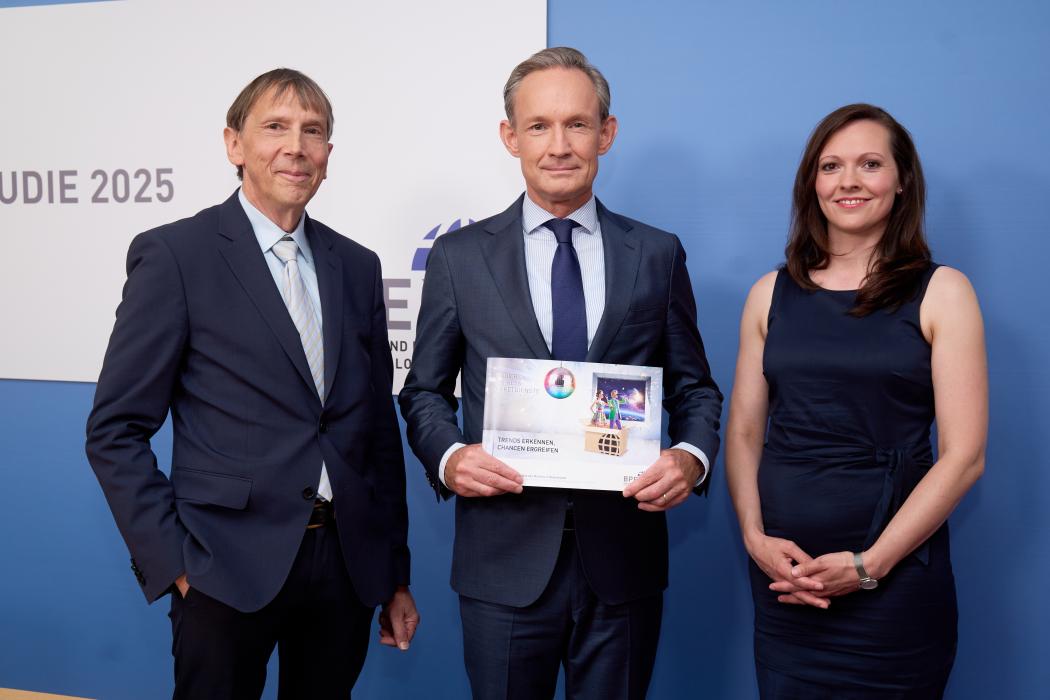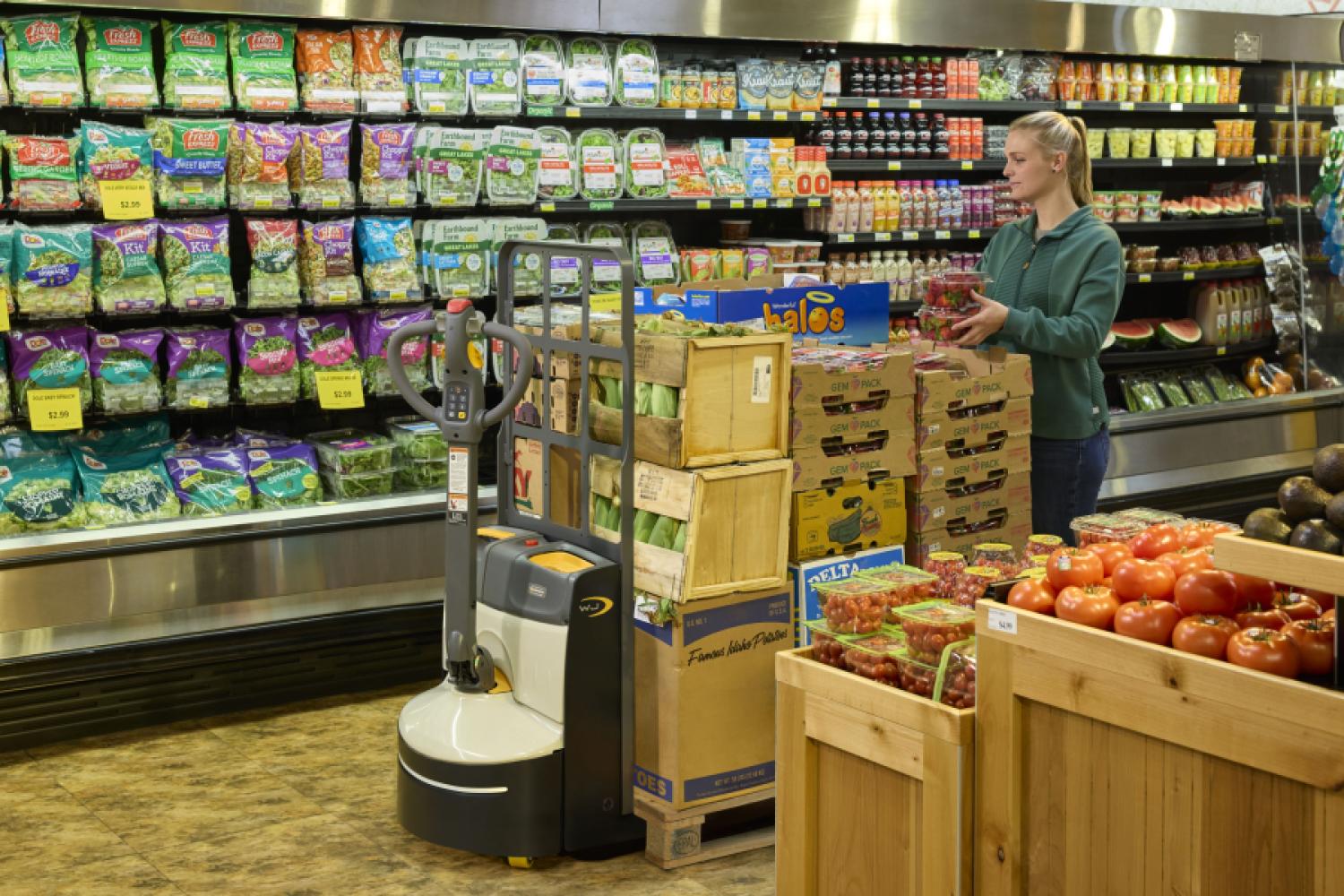The courier, express, and parcel market (CEP) has grown robustly in 2024. This is shown by the current CEP study 2025, recently published by the Federal Association of Parcel and Express Logistics (BPEX). According to it, the volume of shipments increased by a total of 115 million to approximately 4.29 billion. This corresponds to an increase of 2.8 percent. Total revenue rose by 4.1 percent to around 27.6 billion euros. Thus, the parcel industry remains on a stable growth path despite the challenging development of the global economy. In 2024, around 266,300 people worked in the parcel industry, which is 5,800 or 2.2 percent more employees
than in the previous year.
Due to increases in online trade, the private customer business in particular continued to grow in 2024. B2C shipments increased by 5.5 percent and now account for 60 percent of all CEP shipments. On the other hand, the shipment volume of B2B shipments (business-to-business) fell by 1.6 percent. This is mainly due to weak domestic economic activity and demand. The differing developments in market segments over the course of the year show that the parcel industry is not spared from the challenging global economic situation.
BPEX: Politics must also deliver
"We live in turbulent times, in which the CEP industry keeps
the economy and society running," explains Marten Bosselmann, Chairman of the BPEX. "The robust growth of almost three percent is the expression of an industry that continues to develop—with smart solutions, new technologies, and a keen sense of what customers expect today: speed, reliability, and increasingly sustainability."
"To continue to enable growth, politics must also deliver. That means less bureaucracy and regulation as well as practical guidelines and meaningful reporting requirements," demands Bosselmann.
Further growth predicted
By 2030, around 5.19 billion shipments are possible. If the forecasts come true, a total shipment volume of 5.19 billion is expected by 2030. This would correspond to an average
annual growth of 3.2%. As early as 2029, the number of transported CEP shipments could break the 5 billion mark.
The CEP study has been published annually since 2004 and is created by KE-CONSULT Kurte&Esser GbR on behalf of BPEX. It provides a current and comprehensive picture of market development, trends, and the economic significance of the entire CEP industry in Germany. In a special chapter, the CEP study 2025 highlights the significant trends in the industry up to 2030. The focus is particularly on out-of-home delivery, international trade, e-commerce, investments in cyber and physical security, and future requirements for the job profile of delivery personnel.






